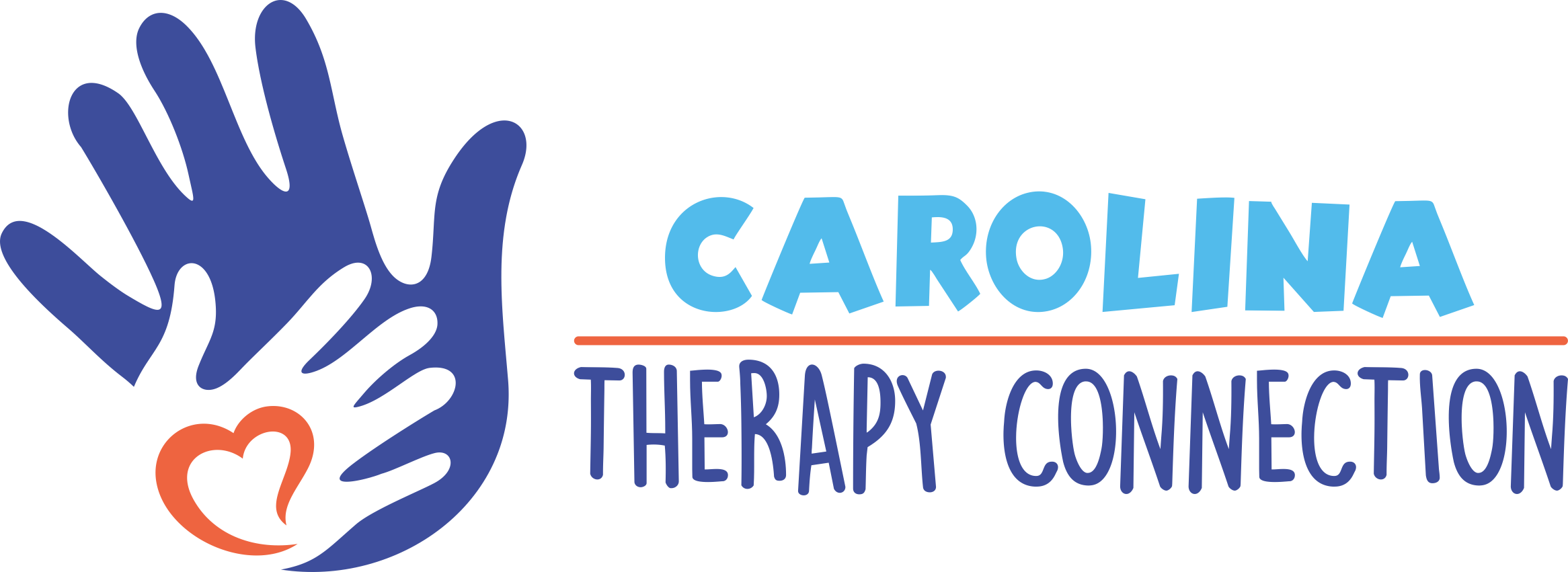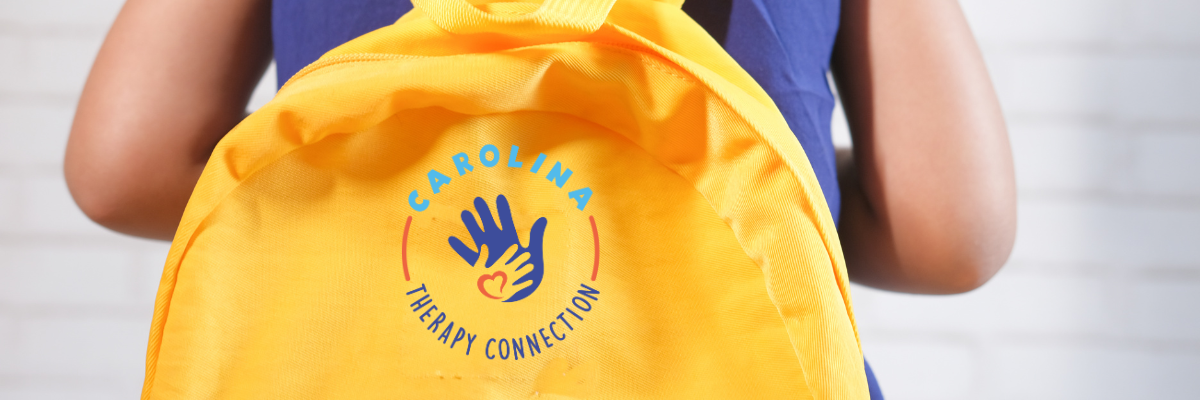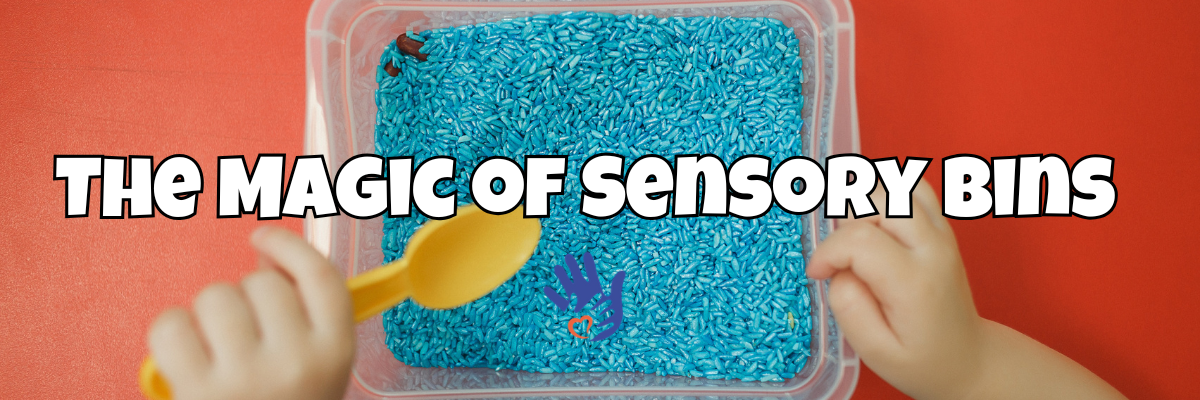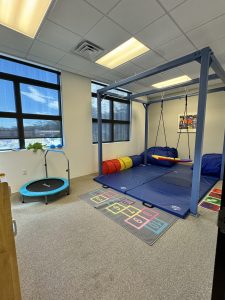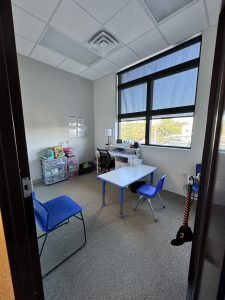The holiday season is full of joy, celebration, and family time — but for many kids, it can also be a season of overwhelm. Bigger crowds, louder settings, disrupted routines, travel, new foods, and lots of excitement can quickly lead to dysregulation, meltdowns, and stress.
And let’s be honest… It’s not just kids who feel it. The whole family feels it.
Our therapy team at Carolina Therapy Connection put together this helpful guide to support children (and parents!) in staying calm, connected, and regulated this holiday season.
These strategies come straight from our OT, PT, Speech, and Mental Wellness clinicians who help families navigate sensory overload, transitions, and big emotions every day.
1. Prep Your Child Before Events (Predictability = Peace)
Kids regulate best when they know what to expect.
Before you leave the house, try sharing:
- Where are you going
- Who will be there
- How long you will stay
- What activities will happen
- What food will be served
- What the expectations are
Consider showing pictures or using simple visuals for younger children. Social stories also come in handy! A few minutes of preparation can prevent an hour of overwhelm later.
2. Build in Sensory Breaks — Before They’re Needed
Holiday gatherings are full of bright lights, noises, smells, and excitement.
Plan “regulation moments” throughout the day:
- A walk outside
- Quiet room breaks
- Heavy work activities (push/pull/lift)
- Deep pressure squeezes
- Vibration plate time before you leave (Galileo!)
- Chewy snacks or crunchy foods
- Noise-reducing headphones
Think of these as “prevention breaks” instead of “meltdown rescue missions.” Engaging in deep pressure and heavy work activities before you leave is a great way to prepare!
3. Create a Safe Space at Home and When Traveling
Whether you’re visiting family or hosting, identify a calm corner or sensory safe space where your child can reset.
You can include:
- A soft blanket
- Books
- Fidgets
- A calming visual timer
- Headphones
- A small weighted item
Let your child know they can go there anytime they need a break — no shame, no punishment.
4. Keep Nourishment & Sleep on Track (As Much as Possible)
Hunger and tiredness are the hidden triggers behind many holiday meltdowns.
Try to maintain:
- Regular mealtimes
- Snacks on hand
- Earlier wind-down routines
- Familiar sleep cues
- Comfort objects
Even slight consistency can help the brain stay regulated.
5. Support Picky Eaters Without Pressure
Holiday meals can be overwhelming for kids with sensory or feeding challenges.
Try this:
- Offer one safe food you know they’ll eat
- Let them explore or smell new foods without expectations
- Serve food “family style” so they can control what’s on their plate
- Avoid “just try one bite” pressure
- Model enjoying the food yourself
Positive exposure now leads to expanded eating later.
6. Give Choices to Reduce Anxiety & Build Independence
When kids feel overwhelmed, they often feel out of control.
Offer choices like:
- “Do you want to sit at the kids’ table or the couch?”
- “Do you want to stay 30 more minutes or 15?”
- “Do you want to bring your backpack or your fidget bag?”
This promotes buy-in and lowers power struggles.
7. Remember: Connection Regulates More Than Anything
Your presence is your child’s anchor.
When things feel “too big,” your calm becomes their calm.
Try:
- Getting to eye level
- Using a soft voice
- Offering a hug
- Naming their feelings
- Taking deep breaths together
Kids don’t need a perfect holiday — they need a connected one!
Our therapists created a FREE resource to help your family stay calm and regulated during the holiday season. Download it below!
Download the Holiday Checklist
Final Thoughts
At CTC, we believe every child deserves to enjoy the magic of the holidays. With the right tools, support, and strategies, families can create joyful moments that feel peaceful, regulated, and full of connection.
If your child struggles with sensory overload, emotional regulation, feeding challenges, motor delays, or communication needs, our team is here to help!
All CTC clinics currently have NO WAITLIST — Occupational Therapy, Physical Therapy, Speech Language Therapy, Feeding, Mental Wellness Counseling, Tutoring.
